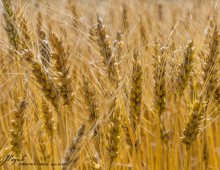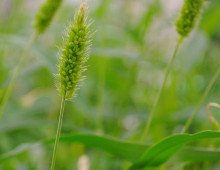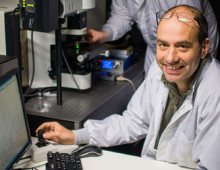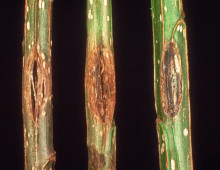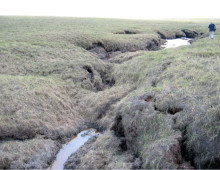Big Plant Genomes: Formerly Intractable, No Longer Insurmountable
DOE JGI researchers have developed an assembly and mapping strategy for any species, including large and complex genomes. The Science: Through a combination of high-throughput sequencing, high performance computing, and genetic mapping, DOE JGI researchers have derived a sequence assembly for the highly repetitive plant genome of bread wheat (Triticum aestivum). The Impact: The researchers… [Read More]
